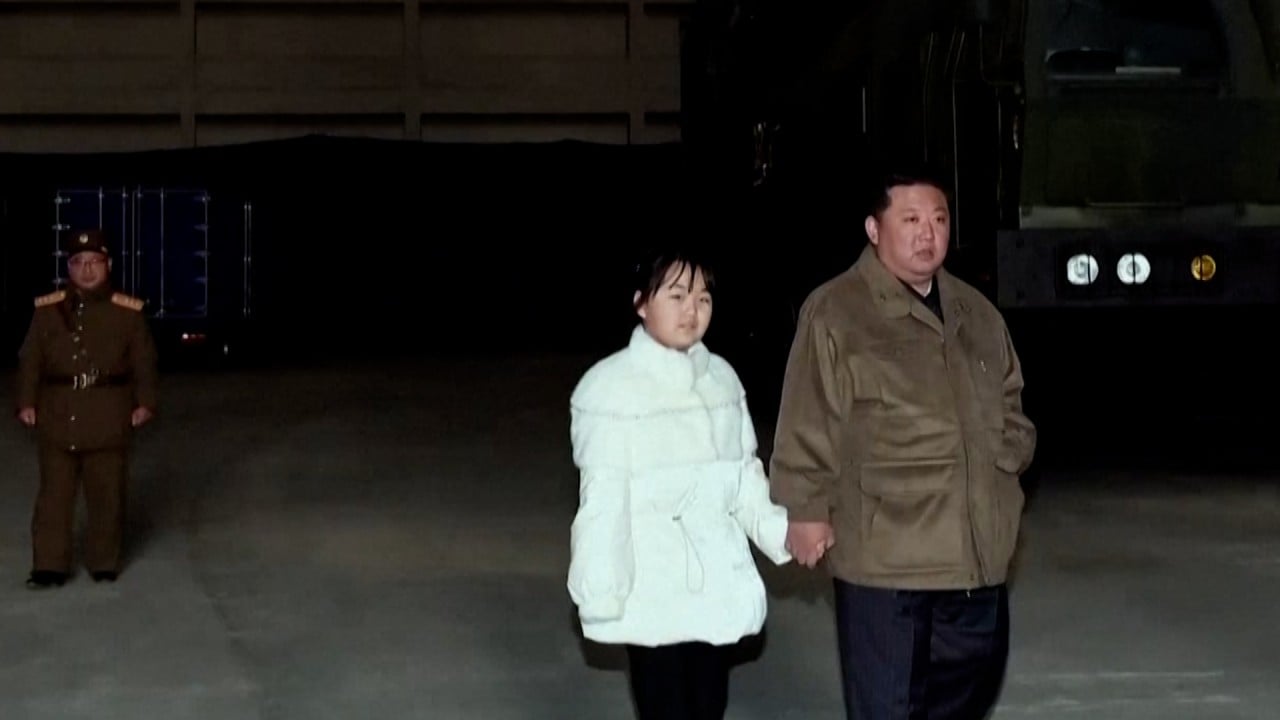
South Korea says North Korea fired artillery rounds near border
- South Korea’s military has communicated a verbal warning to North Korea over the firings and urged it to abide by the 2018 inter-Korean agreement
- The firings came days after Washington, Seoul and Tokyo announced largely symbolic sanctions on some North Koreans and institutions
South Korea’s Joint Chiefs of Staff said the weapons, fired from North Korea’s western and eastern coastal areas, fell within the northern side of buffer zones created under a 2018 inter-Korean agreement to reduce military tensions. There were no immediate reports of shells falling inside South Korean territorial waters.
South Korea, Japan scramble jets in response to Chinese, Russian warplanes
The North Korean firings were possibly a response to South Korean artillery exercises scheduled from Monday to Wednesday near the inland border town of Cheorwon. The firings also came days after Washington, Seoul and Tokyo announced largely symbolic sanctions on some North Koreans and institutions accused of illicit activities to finance the country’s nuclear weapons and missile programmes.
All eyes on US-South Korea joint military drills amid growing tensions
It was the first time North Korea has fired weapons into the maritime buffer zones since November 3, when around 80 artillery shells landed within North Korea’s side of the zone off its eastern coast.
North Korea has also conducted a series of short-range launches it described as simulated nuclear attacks on South Korean and US targets in an angry reaction to an expansion of joint US-South Korea military exercises which North Korea views as rehearsals for a potential invasion.
Experts say North Korea hopes to negotiate economic and security concessions from a position of strength and force the US to accept it as a nuclear power. South Korean officials have said North Korea might up the ante soon by conducting its first nuclear test since 2017.


